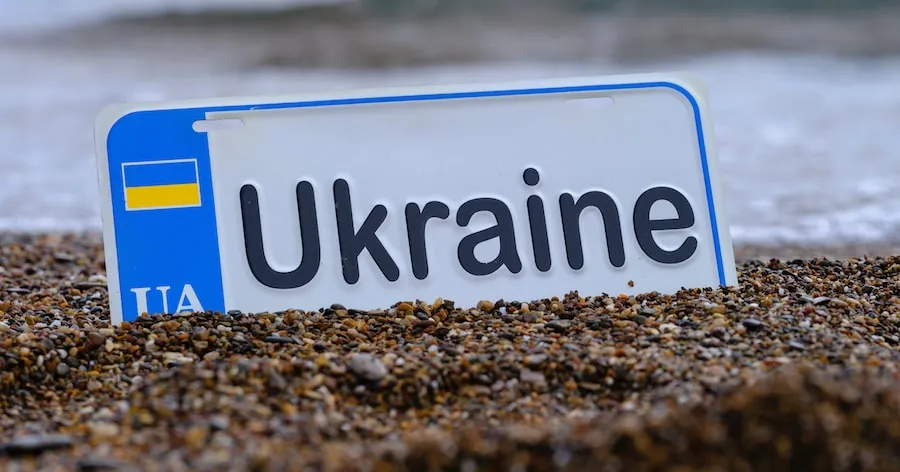> Many Australians take pride in the laid-back culture, sunny beaches, and love for outdoor adventures. However, with a love for adventure comes the possibility of accidents and injuries. Unfortunately, Australians have been reported to have the lowest rate of first aid training in the world. <

> According to a recent study by the International Federation of Red Cross and Red Crescent Societies, only 5% of Australians are trained in first aid, compared to 40-50% of people in other countries. This lack of training can lead to serious consequences in emergency situations, where a quick and effective response can make all the difference. <
> This alarming statistic highlights the importance of being prepared for emergency situations, especially in a country as vast and diverse as Australia. With a population spread out over large distances, it can take time for emergency services to reach remote or regional areas. In these situations, having the knowledge and skills to respond quickly can mean the difference between life and death. This is where CPR and first aid courses can be invaluable. By enrolling in a course, you can learn how to provide immediate assistance to those in need, giving them the best chance of survival before professional medical help arrives. <
> Why Would You Take a CPR/First Aid Course? <
> CPR and first aid courses are designed to teach people how to respond in emergency situations. They are beneficial for anyone who wants to be prepared in case of an emergency. If you work in a job that requires you to care for others, such as a teacher, childcare worker, or aged care worker, CPR and first aid courses are essential. These courses can also be valuable for parents, grandparents, and caregivers. <
> What Are the Benefits of Being Certified? <
> CPR and first aid certification provide numerous benefits that can help you both personally and professionally. First and foremost, it can equip you with life-saving skills that can make a significant difference in emergency situations. Knowing how to perform CPR, provide basic first aid, and use an AED can save a life in critical situations. Certification can also give you the confidence and skills to respond effectively in emergency situations. <
> Moreover, being certified in CPR and first aid can enhance your employment prospects. Many jobs require or prefer candidates with emergency response skills. For instance, if you are seeking employment in the childcare or aged care industries, you may be required to have a current first aid and CPR certificate. The same applies to jobs in education, sports coaching, and outdoor recreation. In these industries, being certified in CPR and first aid can make you a more desirable candidate, and it may even be a legal requirement. <
> What Does a Basic CPR/First Aid Course Cover? <
> A basic CPR and first aid course is designed to provide participants with the knowledge and skills required to respond effectively to emergency situations. The course typically covers a range of topics, including: <
2. > Automated External Defibrillator (AED) use: Participants will learn how to use an AED to restart a person’s heart in case of cardiac arrest. They will learn about the proper placement of the AED pads, how to operate the device, and how to continue with CPR after using the AED. <
3. > CPR techniques: Participants will learn how to perform cardiopulmonary resuscitation (CPR) on adults, children, and infants. They will also learn about the correct hand placement, compression depth, and the number of compressions and breaths required during CPR. <
4. > Legal considerations: Participants will learn about the legal implications of providing emergency care, including the Good Samaritan law, duty of care, and consent. <
5. > Communication skills: The course will teach participants how to communicate effectively in emergency situations. They will learn how to call for help, provide clear and concise information to emergency services, and how to interact with the person in need of assistance. <
6. > Psychological first aid: The course will provide participants with an understanding of how to respond to the psychological impact of emergencies, including stress, anxiety, and trauma. <
7. > First aid basics: Basic first aid techniques such as wound management, bandaging, splinting, and treating burns. Participants will also learn about the signs and symptoms of common medical emergencies such as heart attack, stroke, and allergic reactions. <
> In addition to these topics, some courses may cover other skills, such as dealing with environmental emergencies, treating specific medical conditions, and administering medication. <
> By covering these essential topics, a basic CPR and first aid course equips participants with the knowledge and skills required to respond effectively to emergency situations. The course also provides an opportunity for participants to practice their skills in a safe and controlled environment, which can help build confidence and ensure readiness in case of a real emergency. <
> Where Can You Take a Course? <
> There are many places where you can take CPR and first aid courses in Australia. Some common providers include the Red Cross, St. John Ambulance, and the Australian Resuscitation Council. Many workplaces also offer these courses to their employees. Online courses are also available, although it is essential to ensure that the course is accredited and recognized by industry bodies. <
> Conclusion <
> In summary, taking a CPR and first aid course can provide you with life-saving skills and the confidence to respond effectively in emergency situations. The benefits of being certified extend beyond personal preparedness and can enhance your employment prospects and make you a valuable asset to your community. If you haven’t already, consider enrolling in a CPR and first aid course today. <
